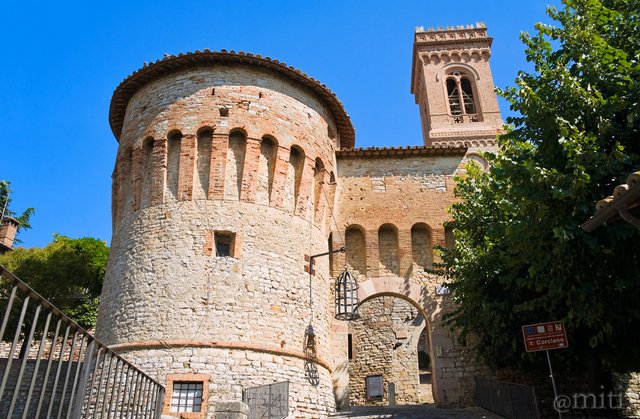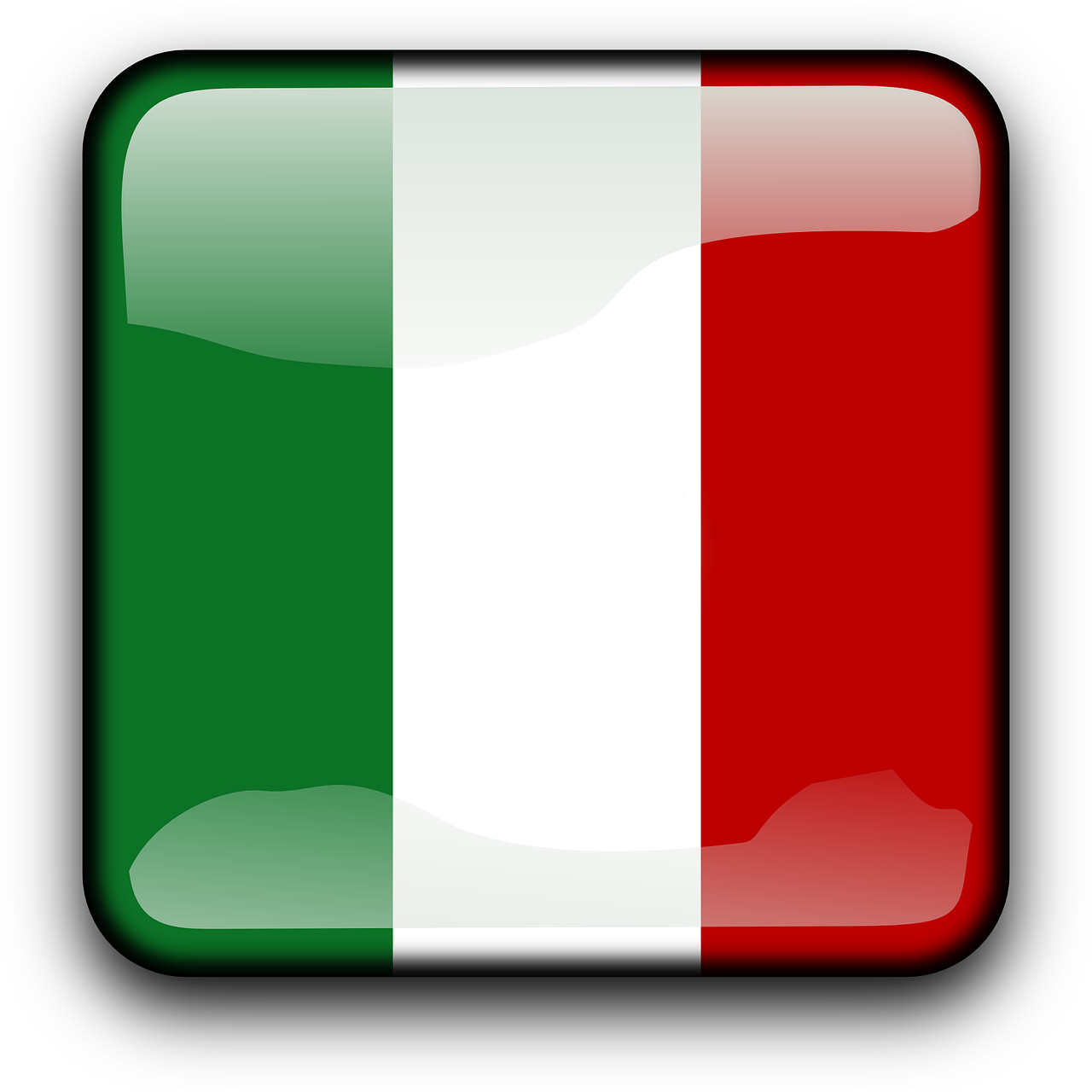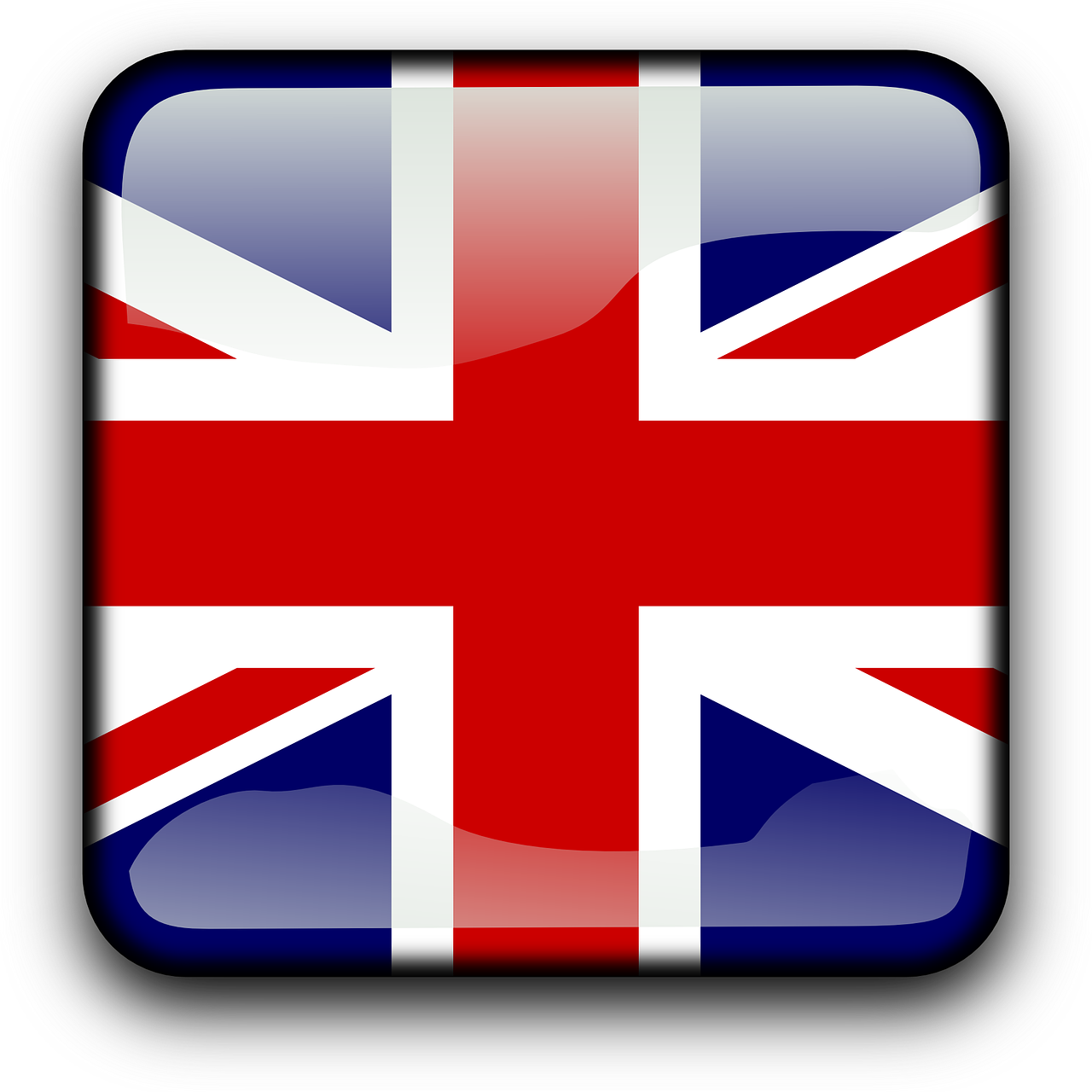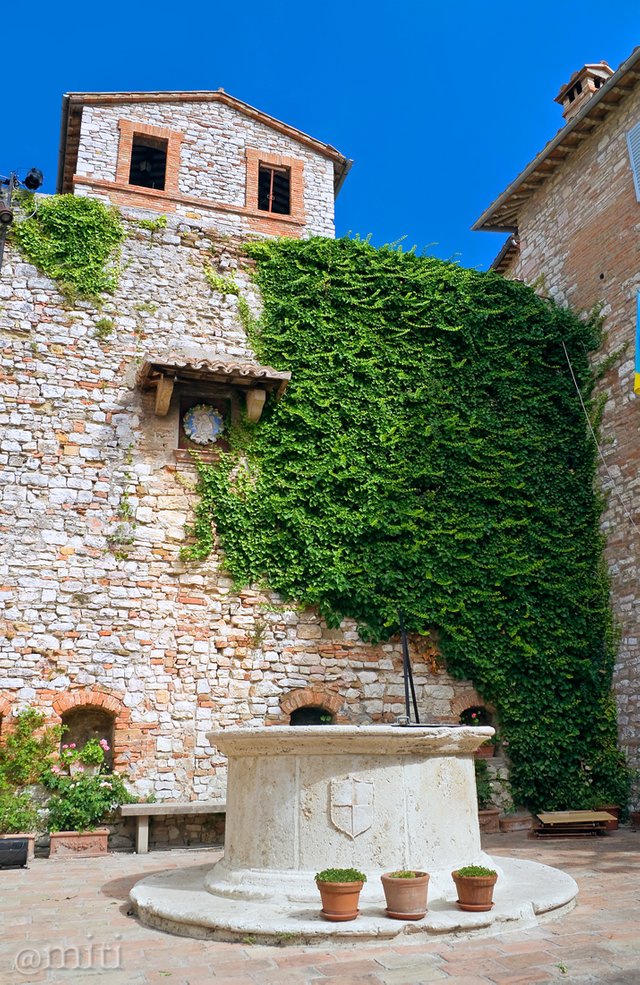A Journey through Italy: one photo every day #82 - CORCIANO [ENG/ITA]

The Tower of Porta S. Maria (Author's photo - All rights reserved)
La Torre di Porta Santa Maria (Immagine dell'autore - tutti i diritti sono riservati)



Ciao a tutti,
questo è un viaggio attraverso l'Italia. Posterò una foto al giorno con una brevissima descrizione. Spero vi piaccia!

Corciano è una città medievale in provincia di Perugia, nella regione centro-italiana dell'Umbria. Si trova a metà strada tra Perugia e il Lago Trasimeno, in cima ad una collina che domina la valle che collega la Toscana e il Trasimeno con la valle del fiume Tevere.
Il nome deriva dal nome latino Curtius (o Coricio, o Corisius), proprietario di una tenuta di campagna. Secondo la tradizione popolare Corciano proviene da Cuore di Giano o Colle di Giano ("cuore di Giano" o "collina di Giano").
Secondo un'altra ipotesi, il nome deriverebbe da Coragino, il leggendario fondatore del castello di Corciano e compagno di Ulisse, menzionato nel poema cavalleresco del XIV secolo "Il conto di Corciano e di Perugia".
Gli Etruschi vissero qui nel VI secolo aC, seguiti dai Romani, e nel 1136 il castrum di Corciano è citato fra i possedimenti che papa Innocenzo II conferma al vescovo di Perugia. Nel 1223, San Francesco, di ritorno dall'isola Maggiore sul lago Trasimeno, dove aveva trascorso la Quaresima, si ferma a Corciano. In ricordo del suo passaggio, secondo la tradizione, venne iniziata la costruzione della chiesa di San Francesco.
Nel 1334 una Bolla Pontificia di Giovanni XXII autorizza l'edificazione del complesso monastico di Sant'Agostino. Nel 1482 viene iniziata la costruzione del torrione di porta Santa Maria per potenziare le difese del castello. Nel 1860 entra a far parte del Regno d'Italia.
Un castello fortificato medievale è all'origine del borgo: le sue mura originali risalgono al XIII secolo, facenti parte del sistema difensivo di Perugia. Già nei tempi antichi il paese era sotto l'influenza di Perugia. Un'alta cinta muraria racchiude l'antico castello medievale di Corciano, ricco di testimonianze storiche e opere d'arte. All'interno vi sono vicoli, scalinate, palazzi, torri, giardini, chiese e campanili, nella cornice di una struttura medievale intatta.
Il Palazzo della Corgna, attuale sede del Comune, fu costruito nel '500 come residenza della nobile famiglia perugina; è decorato all'interno con affreschi manieristi del XVI secolo.
Da notare: il Palazzo del Capitano del Popolo (XV sec.), Il Palazzo dei Priori e della Mercanzia; la Piazza Coragino, con il caratteristico pozzo del XV secolo; la Chiesa Parrocchiale dedicata a Santa Maria Assunta (del XIII secolo, ristrutturata nel XIX secolo).
L'ex Chiesa di S. Cristoforo è oggi il Museo della Pievania, mentre il Museo della casa contadina mostra, in un edificio del centro storico, oggetti e arredi di una "casa colonica" tipica della zona. La torre medievale di Porta S. Maria è ora un centro espositivo permanente sulla cultura medievale e rinascimentale.
Sul punto più alto del borgo si erge la Torre Comunale, costruita in pietra calcarea e blocchi di travertino reimpiegati.
Vicino al centro storico, l'Antiquarium, che espone importanti reperti preistorici, romani ed etruschi, l'ex Chiesa di S. Francesco - oggi museo di dipinti e sculture e centro espositivo, la Chiesa di S. Maria del Serraglio, con un affresco del XIV Secolo, , la Chiesa e il convento di S. Agostino risalente al 1334.
Dal 2003 è stato inserito tra i "Borghi più belli d'Italia".
Cose da vedere: il Borgo Medievale, il Palazzo della Corgna, il Palazzo del Capitano del Popolo, il Palazzo dei Priori e della Mercanzia; la Piazza Coragino, la Chiesa Parrocchiale di Santa Maria Assunta, il Museo della Pievania, il Museo della casa contadina, la Torre di Porta S. Maria, la Torre Municipale, l'Antiquarium, l'ex Chiesa di S. Francesco, la Chiesa di S. Maria del Serraglio , la Chiesa di Sant'Agostino, la Chiesa di San Cristoforo.

Hello everyone,
I began a Photo Journey through Italy. I will post one photo every day with a little note of explanation. I hope you like it!

Corciano is a medieval town in the province of Perugia, in the Central Italian region of Umbria. It is located midway between Perugia and Lake Trasimeno, at the top of a hill overlooking the valley that links Tuscany and the Trasimeno area with the Tiber River valley.
The name derives from the Latin first name Curtius (or Coricius, or Corisius), owner of a country estate. According to popular tradition Corciano comes from Cuore di Giano or Colle di Giano (“Janus’ heart” or ”Janus Hill). According to another hypothesis, the name would come from Coragino, the legendary founder of the castle of Corciano and a companion of Ulysses, mentioned in the 14th-century chivalry poem “Il Conto di Corciano e di Perugia”.
The Etruscans lived here in the VI century BC, followed by the Romans, and in 1136 the castrum of Corciano was listed as one of the possessions Pope Innocence II confirmed ownership of in a report to the bishop of Perugia. In 1223, Saint Francis was on his way back from Maggiore Island on Lake Trasimeno, where he had spent Lent, and stopped in Corciano. In memory of his passing through town, according to tradition, construction was begun on the Church of San Francesco.
In 1334 a Papal Bull issued by Pope John XXII authorised the building of a monastic complex for the Augustinians. In 1482 they began construction on the tower of Porta Santa Maria to bolster the defences of the castle. In 1860, it became part of the Kingdom of Italy.
A medieval fortified Castle is the origin of the village: its original walls date back to the XIII Century, being part of the defensive system of Perugia. Already in ancient times the village was under the influence of Perugia. A high walled wall encloses the ancient medieval castle of Corciano, rich in historical testimonies and works of art. Inside there are alleys, staircases, palaces, towers, gardens, churches and bell-tower, in the frame of an intact medieval structure.
The Palazzo della Corgna, present seat of the Municipality, was built in ’500, as residence of the noble Peruginian family; it’s decorated inside with mannerist frescoes of the XVI Century.
To be noted: the Palazzo del Capitano del Popolo (XV Century.), The Palazzo dei Priori e della Mercanzia; the Piazza Coragino, with the characteristic well from the XV Century; the Parish Church dedicated to Santa Maria Assunta (from the XIII Century, renovated in the XIX Century).
The former Chiesa of S. Cristoforo is today the Pievania Museum, while the Farmhouse Museum shows, in a building of the historic centre, objects and furniture of a “casa colonica” (typical farmhouse of the area). The medieval Tower of Porta S. Maria (S Maria Door) is now a permanent exhibition centre on medieval and renaissance culture.
In the highest point of the village, the Municipal Tower, built in limestone and travertine, reused from other sites.
Close to the historic centre, the Antiquarium, exposing important prehistoric, Roman and Etruscan finds, the former Chiesa of S. Francesco – today museum of paintings and sculptures and exhibition centre, the Church of S. Maria del Serraglio, with a fresco from the XIV Century, the church and Convent of S. Agostino, built in 1334.
Since 2003 it has been noted among the “Borghi più belli d’Italia” (Most beautiful villages of Italy).
Thing to see: the Medieval Village, The Palazzo della Corgna, the Palazzo del Capitano del Popolo, The Palazzo dei Priori e della Mercanzia; the Piazza Coragino, the Parish Church of Santa Maria Assunta, the Pievania Museum, the Farmhouse Museum, Tower of Porta S. Maria, the Municipal Tower, the Antiquarium, the former Church of S. Francesco, the Church of S. Maria del Serraglio, the Church of Sant'Agostino, the Church of San Cristoforo.

| Tipo di foto / Category | Paesaggio / Landscape view |
| Esposizione / Settings | 1/200 sec, ISO 200, f/10 |
| Camera | Nikon D5000 |
| Lente / Lens | Sigma 18-125mm f/3.5-5.6 DC |
| Filtro / Filter | Polarizzatore Hoya / Hoya Polarizing filter |
| Cavalletto / Tripod | Manfrotto MKC3-P01 |
| Località / Location | Corciano (Perugia), Italia |
| Software | Photoshop |


The Piazza Coragino, with the characteristic well (Author's photo - All rights reserved)
Piazza Coragino, con il caratteristico pozzo (Immagine dell'autore - tutti i diritti sono riservati)
Hii... Miti
Have a great journey.
Your journey in Italy also very informative.
You explain everything with pics. Amazing
Thanks for daily update.
Congratulations, Your Post Has Been Added To The Steemit Worldmap!
Author link: http://steemitworldmap.com?author=miti
Post link: http://steemitworldmap.com?post=a-journey-through-italy-one-photo-every-day-82-corciano-eng-ita
Want to have your post on the map too?
Italy has one of the most spectacular sites dating centuries back into the age of the Roman empire. The present Italy was the base of the ancient Roman empire. The empire made so many developments in the region and expanded to cover the entire continent of Europe. It was a centre of civilisation.
I can only confirm what you just said on this.
house is very beautiful
i use your post for my daily english speaking and reading practice session. U use a lot of "harder" words i didnt know before.
I have to visit Italy again, because of your posts i see there is a lot to discover :)
Glad I could help!
What a beautiful tower I love that type of circular towers, and the square with the well is beautiful, someday you can publish about Tuscany? I've always wanted to know that city because I saw a movie that I saw that shows some beautiful sunset of that city and many flowers. But when we went to Italy, Tuscany was very far from where we stayed.
I'm afraid I haven't photos about Tuscany but but I'll check.
An old traditional tower...great journey u have made
Thanks
Luoghi splendidi che trasmettono tranquillità e rilassatezza durante le calde giornate estive. L'ambiente è rilassato e gli edifici in pietra ed in mattino richiamano in modo chiaro ad un passato in cui il luogo è stato centro di vita.
Bravo Carlo!
Excellent article. I really liked it. Good luck to you and Love.
wow!!! Italy has so awesome architecture
Yes, it is very true!